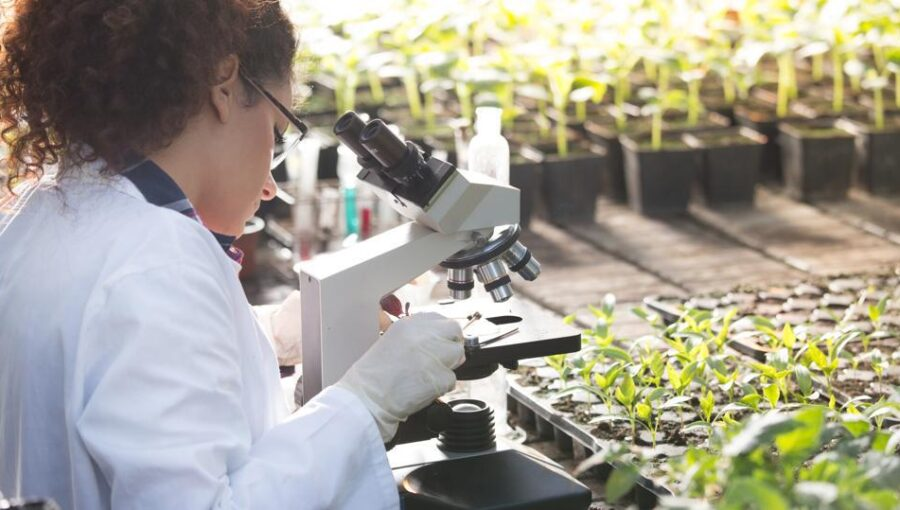All blog posts
Explore the world of design and learn how to create visually stunning artwork.
Sorry, no posts matched your criteria.
Investigating the Effects of Environmental Change on Plant Population Dynamics and Community Composition
if Any modification to the biological or physical environment that has an impact on an organism’s distribution, abundance, or behavior is referred to as an environmental change. Climate change, land use, pollution, invasive species, and habitat fragmentation are a few examples of this.
Environmental change can have significant impacts on plant population dynamics and community composition. Changes in temperature and precipitation patterns can alter the distribution and abundance of plant species, leading to changes in community composition.
Research Questions
The research questions for this proposal are:
- 1. How we environmental changes (e.g., climate change, habitat fragmentation) affect plant population dynamics and community composition in Gloucestershire’s grasslands?
2. What are the mechanisms during underlying these responses, and how do they impact ecosystem processes?
3. eventually Can plant population dynamics and community composition be used as indicators of environmental change?
Objectives
- Examine how plant population dynamics and community composition in Gloucestershire’s grasslands are affected by environmental change.
- after that Create a framework for utilizing community composition and plant population dynamics as markers of environmental change.
Methodology Environmental
Resources
- Grasslands in Gloucestershire for gathering field data
- Facilities and equipment for experiments
- Software for statistics and computer resources for data analysis
- Financial support for attending conferences and disseminating research
Outcomes
- A thorough comprehension of how environmental change affects the dynamics of plant populations and the make-up of communities in the grasslands of Gloucestershire.
- Determining the main environmental elements causing these changes and how they interact.
- The creation of a framework for utilizing community composition and plant population dynamics as markers of environmental change.
Bibliography:
- Clements, F. E. (1916). Plant succession: An analysis of the development of vegetation. Journal of Ecology, 4(2), 146-164.
- Gleason, H. A. (1926). The individualistic concept of the plant association. Bulletin of the Torrey Botanical Club, 53(1), 1-20.
- MacArthur, R. H. (1955). Fluctuations of animal populations and a measure of community stability. Ecology, 36(3), 533-536.
- Tilman, D. (1982). Resource competition and community structure. Princeton University Press.
- Bazzaz, F. A. (1996). Plants in changing environments: Linking physiological, population, and community ecology. Cambridge University Press
- Franks, S. J., & Hoffmann, A. A. (2012). Genetics of climate change adaptation. Annual Review of Genetics, 46, 185-208.
- Garrett, K. A., Dendy, S. P., Frank, E. E., Rouse, M. N., & Travers, S. E. (2006). Climate change effects on plant disease: Genomes to ecosystems. Annual Review of Phytopathology, 44, 489-509.
- Bowman, D. M. J. S., Murphy, B. P., & Ferguson, I. (2013). Human-caused Australian megafauna’ extinctions and future ecosystem resilience. Proceedings of the National Academy of Sciences, 110(30), 12315-12320.
- Li, F., Ye, X., Song, B., & Zhang, Y. (2019). Spatiotemporal dynamics of plant populations in a degraded coastal wetland. Ecological Indicators, 96, 840-848.
- Wolkovich, E. M., & Cleland, E. E. (2011). The phenology of plant-insect interactions in response to climate change. Current Opinion in Plant Biology, 14(4), 439-444.

